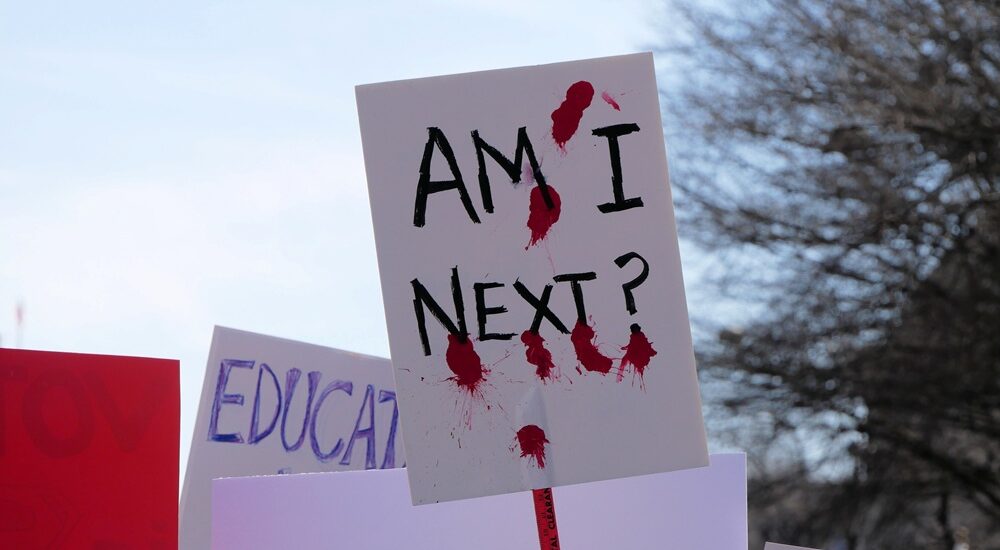The recent tragic shooting at Florida State University (FSU), where two individuals lost their lives…

How Will You Address Parents When a Crisis Occurs at Your School?
School safety is an ever-growing concern, with the number of active shooter incidents increasing tenfold over the past decade. The tragic reality is that schools are no longer immune to violence, and parents are demanding action. School administrators and public officials must be proactive in addressing this crisis. The question is not if an incident will happen, but how we will respond when it does.
The Growing Demand for School Safety
As incidents continue to rise, communities are calling for immediate solutions. Protests outside school district offices and government buildings are becoming more frequent, signaling a growing frustration with the lack of effective safety measures, or government action. If you find yourself addressing concerned parents only after a tragedy occurs, you are already behind. Instead, school leaders must take charge and implement preventive strategies before the worst happens.
How Will You Address Parents When a Crisis Occurs at Your School?
As we’ve seen time and time again, this is an issue that’s not going to be legislated away, and so the critical first step is allocating funding and implementing robust, comprehensive key security measures now. The safety of students and faculty cannot be an afterthought—it must be a priority. Schools must assess risks, identify vulnerabilities, and deploy practical, standardized solutions, such as:
- Enhanced Security Measures – Upgraded entryways, security cameras, and emergency lockdown systems.
- On-Site Security Personnel – Trained officers and school resource officers to deter threats.
- Active Shooter Training – Regular drills for students and staff to prepare for emergency situations.
- Mental Health Resources – Identifying at-risk students and providing support to prevent potential threats.
- Technology Integration – Implementing AI-powered surveillance and real-time alert systems for quicker responses.
Communicating with Parents During a Crisis
Parents need to know that their child’s safety is the highest priority. Transparent and timely communication during an emergency is critical. Schools should have a well-structured crisis communication plan that includes:
- A standardized, tried and true lock down plan, along with the proper infrastructure, much like fire alarm and mitigation systems, this should be a fundamental requirement in all schools.
- Immediate Alerts – Use automated texts, emails, and phone calls to inform parents of incidents.
- Designated Spokespersons – Assign a school official to handle media and public inquiries.
- Regular Safety Updates – Keep parents informed about security enhancements and emergency preparedness efforts.
- Post-Incident Support – Provide counseling and resources for affected families and students.
The Long-Term Commitment to School Safety
While comprehensive safety solutions require significant investment, failing to act now will only prolong the risks. Schools must work alongside local governments, law enforcement, and communities to secure the necessary funding and implement robust safety measures. Grant programs, federal funding, and local partnerships can help finance these efforts without burdening school budgets.
Final Thoughts: Be a Leader, Not a Responder
The reality is clear—school safety must be a top priority, not just a reaction to tragedy. School leaders and policymakers must be at the forefront of proactive security solutions. Addressing this crisis today means protecting future generations of students.
When an incident occurs, what will you tell parents? Will you be offering excuses, or will you be able to show the steps you’ve already taken to safeguard their children? Now is the time to act, invest, and lead the charge in ensuring our schools remain safe havens for learning and growth.


